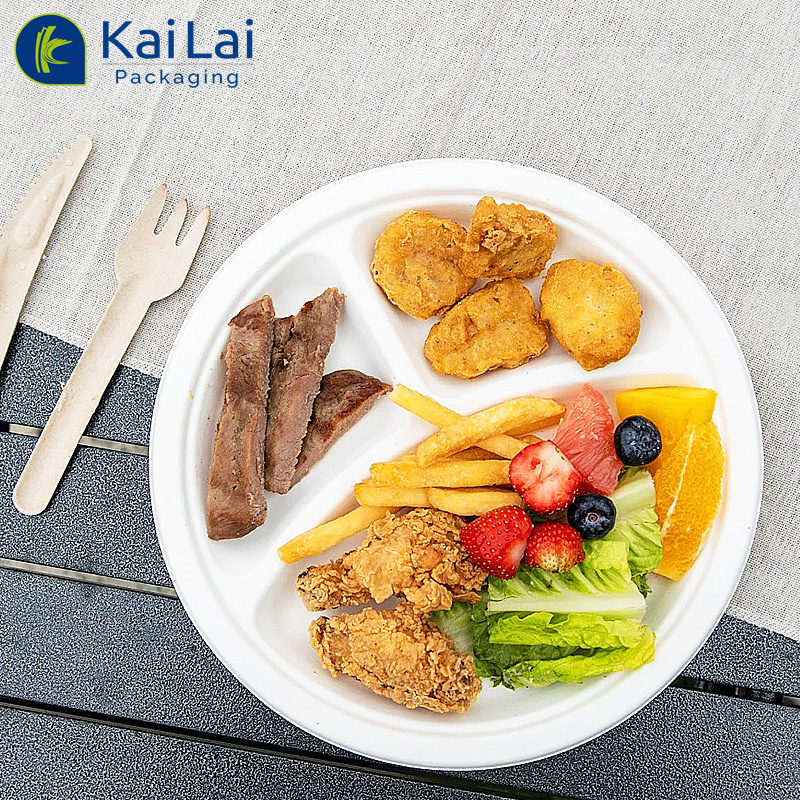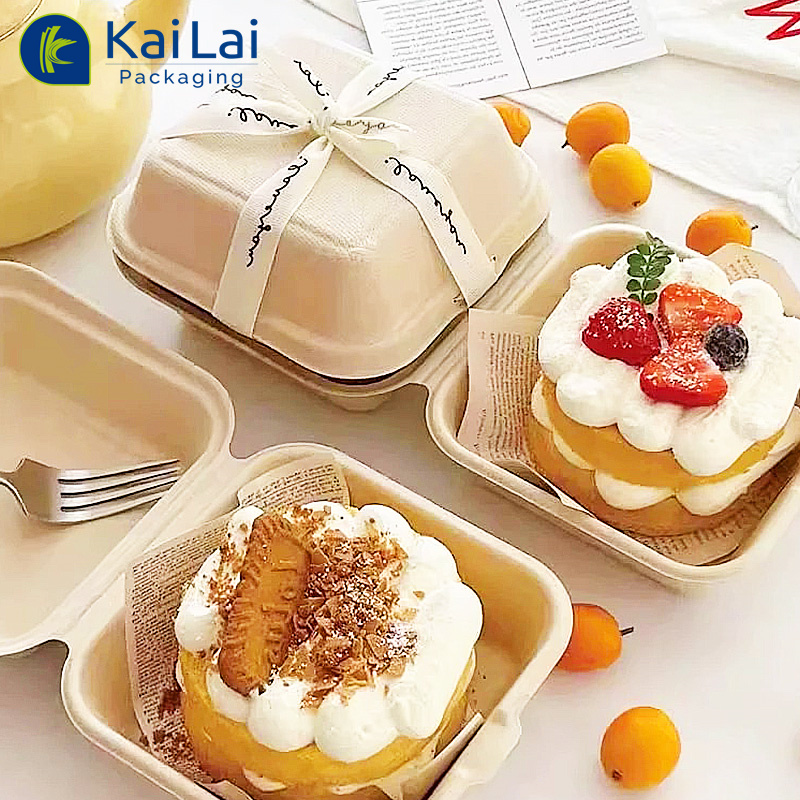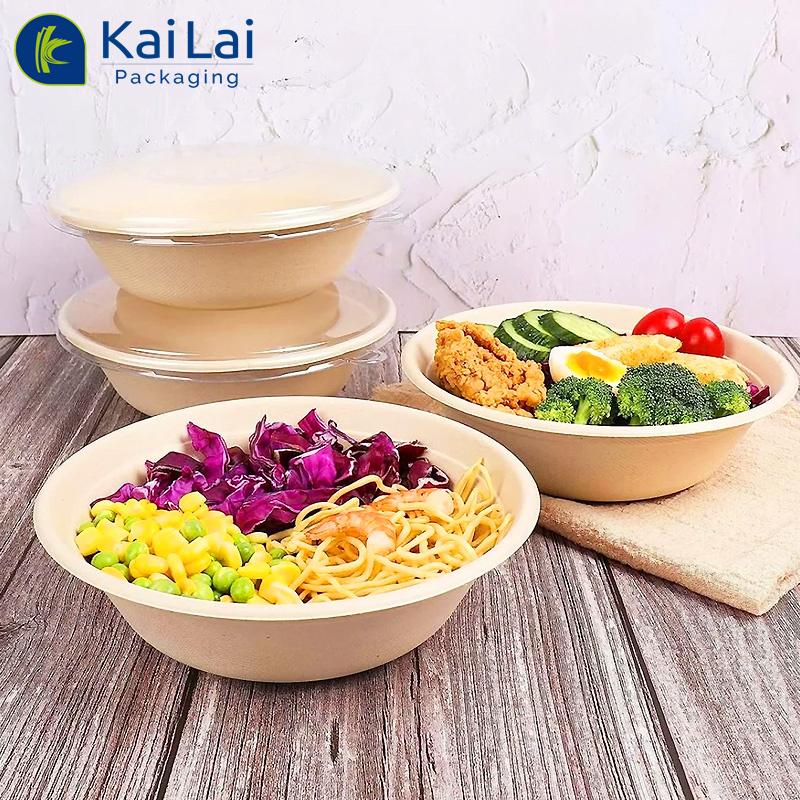How to Use Bagasse Tableware
Bagasse tableware is eco-friendly and biodegradable. Here’s how to use and dispose of it:
1. Cleaning: Wash with warm water and mild detergent before the first use.
2. Heating: Microwave-safe but avoid exceeding 120°C. Not suitable for oven use.
3. Usage: Ideal for both hot and cold foods. Avoid storing liquids or oily foods for long periods to prevent softening.
4. Storage: Clean, dry, and store in a dry, ventilated place.
Disposal and Recycling
- Degradation: Dispose of as organic waste, suitable for composting.
- Precautions: Avoid placing in plastic or non-recyclable waste bins. Check for any coatings that might affect biodegradability.
Eco-Friendly Tips
- Reduce Disposable Use: Opt for reusable tableware to minimize environmental impact.
- Purchase Certified Products: Choose products with organic or biodegradable certifications for environmental safety.
By using bagasse tableware correctly, you contribute to reducing environmental impact and promoting sustainability.

Bagasse tableware is an eco-friendly, biodegradable option. Its usage is similar to traditional tableware, but there are some specific points to note during use and disposal:
Usage Instructions
1. Cleaning
- Before the first use, wash the tableware with warm water and mild detergent to remove any dust or residues from manufacturing and packaging.
2. Heating
- Bagasse tableware is generally heat-resistant and can be used to heat food in the microwave, but do not exceed the manufacturer's recommended temperature (usually 120°C). Avoid prolonged heating in the microwave to prevent deformation.
- It is not recommended to use bagasse tableware in the oven, as high temperatures may cause deformation or damage.
3. Usage
- Bagasse tableware is suitable for both cold and hot foods, including soups, salads, main dishes, and desserts.
- Try to avoid storing liquids or foods with high oil content for extended periods, as this can cause the tableware to absorb moisture or oil and become soft.
4. Storage
- After use, clean the tableware, dry it thoroughly, and store it in a dry, ventilated place to avoid moisture.
Disposal and Recycling
1. Degradation
- Used bagasse tableware can be disposed of as organic waste because it is biodegradable. It can be placed in home compost along with other organic waste.
- If your area offers organic waste collection services, you can place used bagasse tableware in the organic waste bin.
2. Precautions
- Avoid placing bagasse tableware in plastic or non-recyclable waste bins to ensure proper degradation.
- Before use, check if the tableware has any coatings or additives, as these may affect its ability to degrade. Most bagasse tableware is naturally additive-free, but it is good practice to check labels or manufacturer instructions.
Eco-Friendly Tips
1. Reduce the Use of Disposable Tableware
- Try to reduce the frequency of using disposable tableware and promote the use of reusable tableware to further minimize environmental impact.
2. Purchase Eco-Friendly Products
- Choose certified eco-friendly products, such as those with organic or biodegradable certifications, to ensure their production and disposal processes are environmentally friendly.
Bagasse tableware is an eco-friendly and practical alternative. By using and disposing of it correctly, you can effectively reduce environmental impact and promote a sustainable lifestyle.

